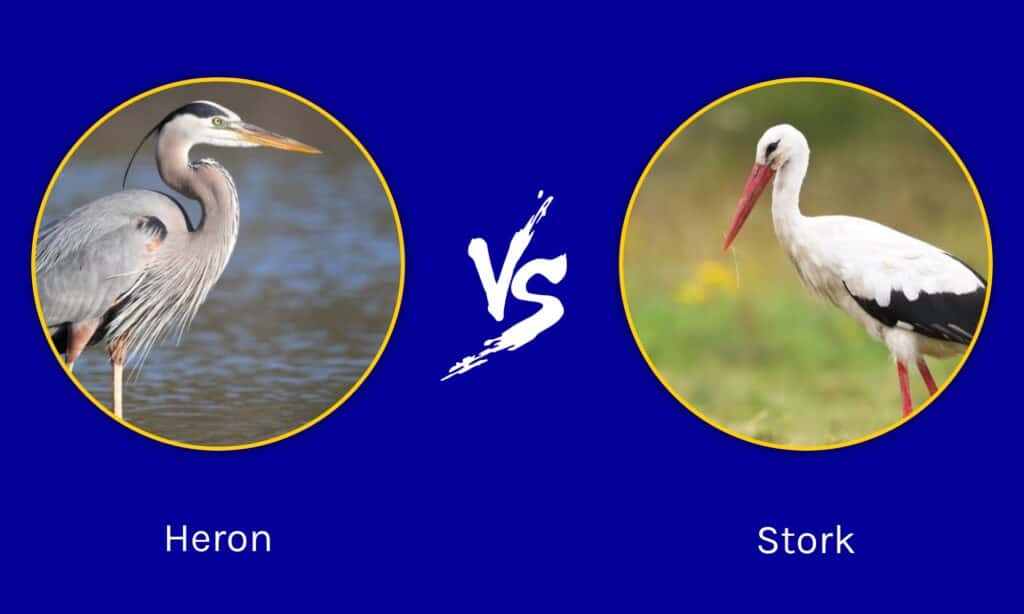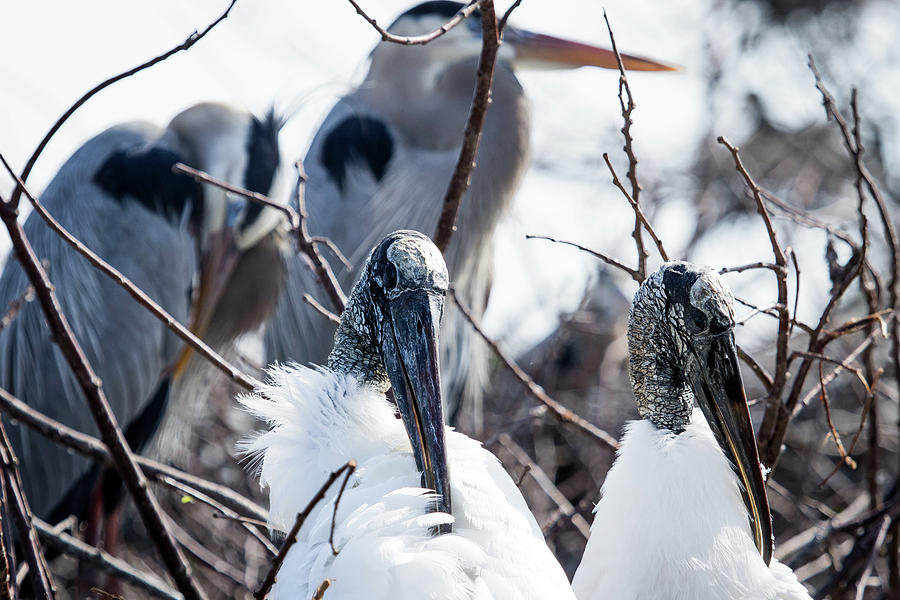Storks and herons are two bird species that are often confused with each other. While they may look similar, there are some key differences between the two. In this article, we will explore the differences between storks and herons.
Physical Characteristics

Storks are large, long-legged birds that belong to the family Ciconiidae. They have long necks and bills, and their wingspans can reach up to 10 feet. Storks are usually white or black in color, with some species having a mix of both. They also have a pouch under their bill that they use to carry food to their young.

Herons, on the other hand, are smaller than storks and belong to the family Ardeidae. They have long necks and bills like storks, but their wingspans are usually around 5 feet. Herons are typically gray, blue, or green in color, with some species having a mix of these colors.
Habitat

Storks are found all over the world, but they prefer to live in wetlands and grasslands. They build their nests on trees or other tall structures near water sources. Some species of storks are migratory, while others live in one place year-round.

Herons are also found all over the world, but they prefer to live near bodies of water like rivers, lakes, and swamps. They build their nests in trees or bushes near the water source. Some species of herons are migratory, while others live in one place year-round.
Diet

Storks are carnivorous birds that mainly eat fish, frogs, and insects. They also eat small mammals and reptiles. Storks use their long bills to catch their prey, and they swallow their food whole.
Herons are also carnivorous birds that mainly eat fish, but they also eat frogs, insects, and small mammals. Herons use their long bills to catch their prey, and they swallow their food whole.
Behavior

Storks are often seen standing still near water sources, waiting for their prey to come close. They fly with their necks outstretched and their wings flapping slowly. Storks are social birds that often nest in large groups.

Herons are also often seen standing still near water sources, waiting for their prey to come close. They fly with their necks pulled back and their wings flapping quickly. Herons are solitary birds that usually nest alone.
Conservation Status

Some species of storks, like the Black-necked stork and the Lesser adjutant, are listed as endangered or vulnerable. The main threats to storks include habitat loss and hunting.
Some species of herons, like the Black-crowned night heron and the Yellow-crowned night heron, are also listed as endangered or vulnerable. The main threats to herons include habitat loss and hunting.
Conclusion
In conclusion, storks and herons may look similar, but they have some key differences in their physical characteristics, habitat, diet, behavior, and conservation status. By understanding these differences, we can appreciate the unique qualities of each species and work to protect them for future generations.